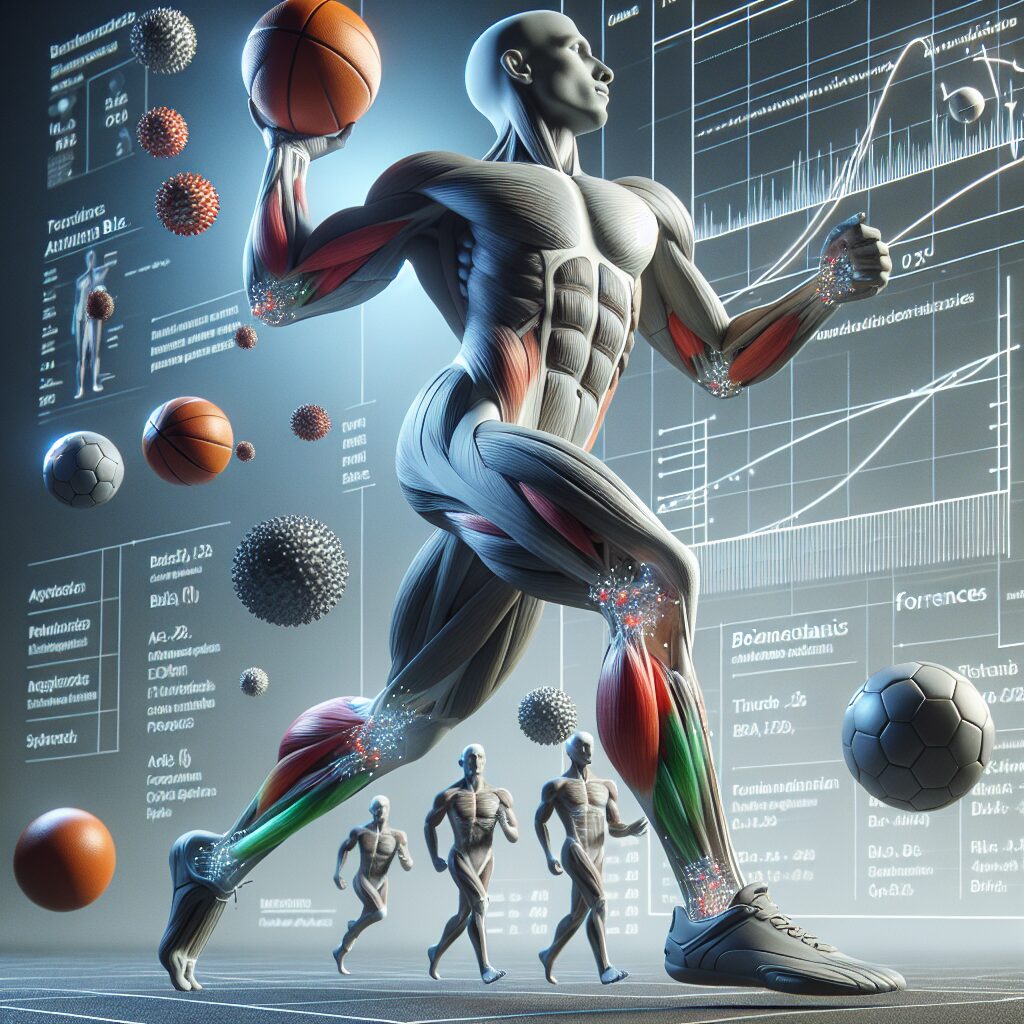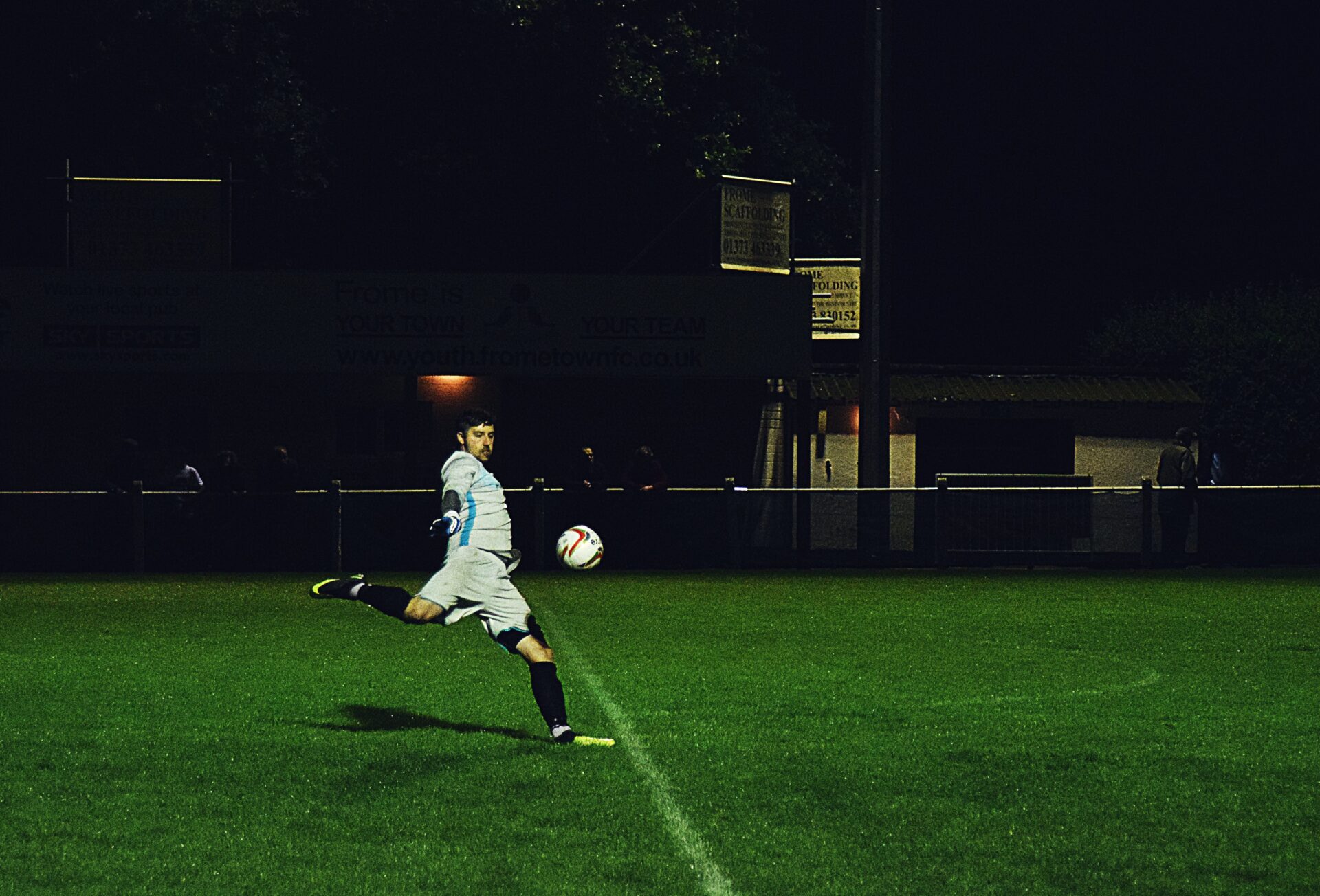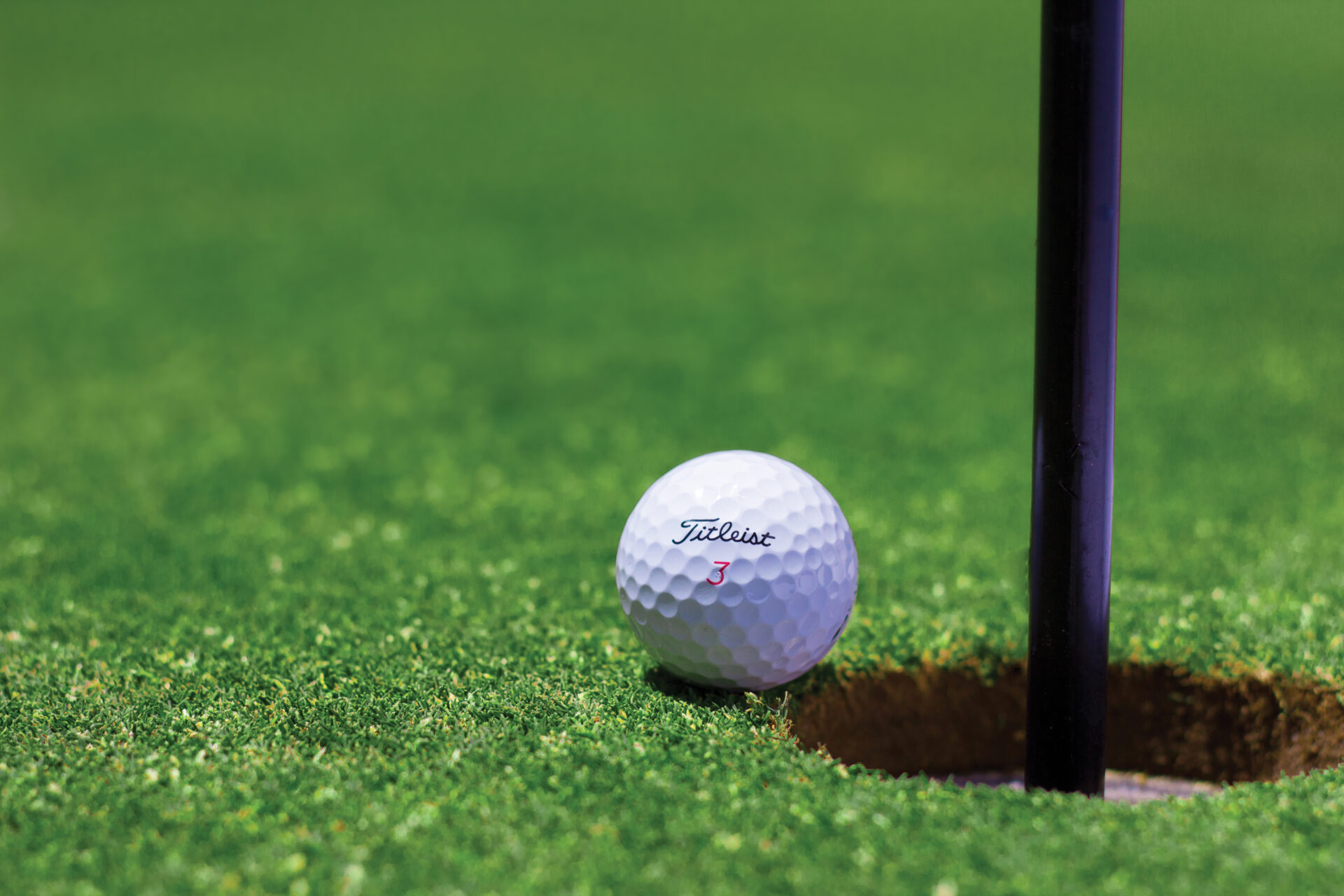Biomechanics and Ball Size: A Scientific Connection
Biomechanics, a field that combines the principles of mechanics and biology, delves into understanding the mechanical properties and behaviors of living organisms. In the context of sports, biomechanics plays a crucial role in unraveling the relationship between ball size and its impact on athletic performance. It’s fascinating to discover how the size of a ball can significantly affect the way athletes interact with it, potentially influencing their skill, technique, and overall game strategy.
When it comes to sports, the size of the ball used can have a myriad of impacts on an athlete’s performance. The weight, diameter, and surface area of a ball can all influence the trajectory, spin, and speed of its movement. For example, in soccer, where precise footwork and aerial control are essential, the ball’s size can greatly affect the player’s ability to make accurate passes, shots, and headers. In a similar vein, basketball players must adapt their shooting technique and handling skills depending on the size and weight of the ball they are using.
In the upcoming sections, we will explore the key takeaways of this fascinating connection between biomechanics and ball size. We will delve into how different sports are impacted by ball size variations, explore the advantages and disadvantages of utilizing different ball sizes, and uncover the scientific principles that underpin these relationships. By understanding the biomechanics of ball size, athletes and sports enthusiasts alike can gain valuable insights that may enhance their performance and appreciation of various sports. So, let’s dive deeper into this captivating world where science and sports converge.
Key Takeaways
1. Larger ball sizes in sports such as soccer and basketball lead to decreased performance due to altered biomechanics and increased difficulty in controlling the ball. This is demonstrated by reduced accuracy and consistency in shooting or passing.
2. The impact of ball size on biomechanics is not limited to performance; it also affects the risk of injuries. Studies show that using oversized balls in basketball can increase the risk of finger and hand injuries, as well as joint strain due to the added stress.
3. The overall biomechanics of the body are influenced by the size and weight of the ball. For instance, throwing a larger ball requires changes in grip, shoulder rotation, and muscle activation patterns, which can lead to decreased accuracy and force production.
4. The effect of ball size on biomechanics varies among different sports and skill levels. While larger balls may offer some advantages for beginners by providing a larger target area, skilled athletes with well-established motor patterns and muscle memory may struggle to adapt to the changes introduced by larger balls.
5. Understanding the scientific connection between biomechanics and ball size is crucial for optimizing training and improving performance in various sports. Coaches and athletes should consider the implications of ball size on biomechanics to design appropriate training programs and select the most suitable ball sizes for specific skill development.
What is the Connection Between Biomechanics and Ball Size?
1. Introduction to Biomechanics:
Biomechanics is the study of the mechanical principles of living organisms, including humans. It combines the fields of biology and mechanics to understand how the body moves and interacts with its environment. In the context of sports, biomechanics plays a crucial role in identifying optimal techniques and factors that can affect performance.
2. Ball Size and Biomechanics:
The size of the ball used in sports can significantly impact the biomechanics of an athlete. The interaction between the human body and the ball is influenced by factors such as its mass, surface area, and shape. For instance, a larger ball can require more force to accelerate and change directions, affecting the biomechanical patterns of an athlete’s movements.
3. The Effect of Ball Size on Performance:
The choice of ball size in different sports can have a profound effect on an athlete’s performance. In sports like soccer or basketball, where precise ball control is essential, using a smaller ball can enhance skills such as dribbling and passing accuracy. On the other hand, larger balls may be advantageous in sports like tennis or golf, as they can provide better stability and control over the shot.
4. Biomechanical Considerations for Ball Size Selection:
When determining the ideal ball size for a particular sport, biomechanical factors should be taken into account. The biomechanics of the player’s body, including factors like height, weight, and body proportions, influence their ability to interact with the ball effectively. Additionally, the biomechanics of the sport itself, such as the required range of motion and joint angles, should also be considered to optimize performance.
5. Biomechanics Research on Ball Size:
Scientists and researchers have conducted numerous studies to explore the relationship between biomechanics and ball size in various sports. These studies aim to understand the biomechanical implications of different ball sizes and provide evidence-based recommendations for athletes and coaches. By analyzing factors such as ball velocity, accuracy, and joint kinematics, researchers strive to enhance performance and reduce the risk of injuries.
6. Training and Adaptation:
The impact of ball size on biomechanics suggests that athletes can benefit from incorporating varied ball sizes into their training routines. By practicing with different ball sizes, athletes can challenge their motor skills, improve coordination, and adapt their movements accordingly. This adaptability can be especially advantageous when transitioning between sports or facing diverse playing conditions.
7. How to Optimize Performance with Ball Size:
Here are some tips to optimize performance based on ball size:
1. Understand the requirements of your sport: Familiarize yourself with the recommended ball size for your specific sport and the biomechanical considerations associated with it.
2. Experiment with different ball sizes: Incorporate various ball sizes into your training sessions to improve adaptability and explore how they impact your biomechanics.
3. Seek professional guidance: Consult with coaches, trainers, or biomechanics experts who can provide tailored advice on ball selection and training techniques.
4. Analyze performance outcomes: Regularly assess your performance with different ball sizes to identify areas of improvement and make informed adjustments to your training regimen.
5. Gradual progression: When introducing a new ball size, start with smaller increments and gradually increase the size as you adapt to the changes in biomechanics.
6. Focus on technique: Regardless of ball size, prioritize proper technique to maintain optimal biomechanics and reduce the risk of injuries.
7. Listen to your body: Pay attention to any discomfort or pain during training with different ball sizes. Adjust your approach or seek medical advice if needed to prevent injuries and optimize performance.
Remember, the connection between biomechanics and ball size is complex and multifaceted. Each sport and athlete may have specific considerations, so it’s essential to approach ball size selection and training with a comprehensive understanding of biomechanical principles.
Frequently Asked Questions
1. How does ball size affect biomechanics?
Ball size can have a significant impact on biomechanics. The size of the ball affects the way it interacts with the player’s body, leading to variations in force exerted, grip, accuracy, and overall performance.
2. Does using a smaller ball improve performance?
Using a smaller ball may lead to improved performance in certain sports. Smaller balls require more precision and accuracy in movements, leading to enhanced skill development, hand-eye coordination, and control. However, it may also increase the risk of injury due to higher forces exerted on the body.
3. Is there an ideal ball size for every sport?
Each sport has its own recommended ball size based on the desired outcomes and biomechanical considerations. The ideal ball size considers factors like sport-specific techniques, player age and size, and the desired level of challenge and performance.
4. How does ball size affect throwing or kicking mechanics?
Ball size affects throwing or kicking mechanics by influencing the alignment, velocity, and trajectory of the movement. Larger balls require more strength to generate force, while smaller balls demand precise control and accuracy in movements.
5. Can ball size impact injury rates?
Ball size can impact injury rates, especially in contact sports. Smaller balls may result in higher forces being exerted on body parts, increasing the risk of strains, sprains, and other related injuries. Conversely, larger balls may cause more severe injuries due to the increased weight and impact.
6. Does ball size affect speed of play?
Ball size can affect the speed of play in sports. Smaller balls tend to move faster due to their decreased air resistance and lighter weight. The faster pace of play can lead to a more dynamic and exciting game, requiring quicker reflexes and decision-making skills from athletes.
7. Are there any advantages to using a larger ball in sports?
Using a larger ball in sports can offer advantages such as increased stability and control. The larger surface area makes it easier to grip, enhancing ball handling and reducing the chance of fumbles. Moreover, larger balls often have slower speeds, allowing players more time to react and adjust their movements.
8. How does ball size impact the physics of a sport?
Ball size impacts the physics of a sport by influencing factors like air resistance, velocity, and trajectory. The size and weight of the ball determine how it moves through the air and how it interacts with other elements in the game, affecting aspects such as distance traveled and spin.
9. Can using the wrong ball size affect performance?
Using the wrong ball size can indeed affect performance negatively. If the ball is too big or too small for the player, it can disrupt the biomechanics of movements, resulting in reduced accuracy, control, and overall performance. Using the right ball size is essential for optimal performance.
10. Are there any studies that support the connection between biomechanics and ball size?
Yes, there are numerous studies that highlight the connection between biomechanics and ball size in various sports. These studies analyze factors such as technique, force exertion, injury rates, and performance outcomes to investigate the impact of ball size on biomechanics.
Final Thoughts
The relationship between biomechanics and ball size is an intriguing area of study that unveils the intricate interactions between sports equipment and human performance. Understanding the biomechanical implications of ball size can guide athletes, coaches, and equipment manufacturers in making informed decisions that optimize performance while minimizing injury risks.
By acknowledging the impact of ball size on biomechanics, athletes can fine-tune their skills, adapt to different game scenarios, and improve their overall performance. Furthermore, coaches can design training programs tailored to specific ball sizes, ensuring athletes develop the necessary skills and techniques required for each sport. Continuing research in this field promises to uncover further insights into optimizing performance through the careful consideration of ball size in various sports.




